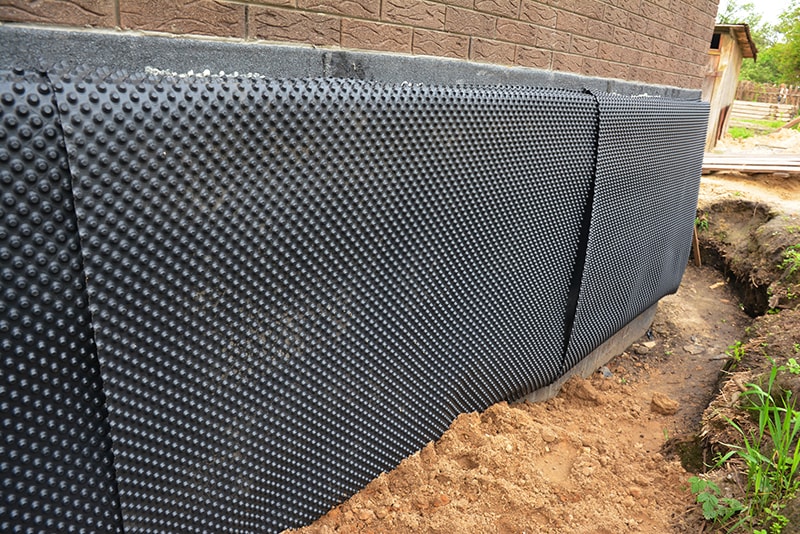According to google, the "Australian standards for waterproofing below ground" is a much searched topic, most likely because there is no reference or standard set in the Australia the National Construction Code (NCC or ABC) and yet it is a vitally important part of any new build.
With shrinking block sizes and the demand to maximise parking & storage space, there is an increased need in residential and commercial buildings to utilise below ground space. So with no Australian Standards, many people in the waterproofing industry have adopted the British Standard – BS 8102:2009 as the most applicable for Australia.
Fortunately STS Plumbing have the knowledge, experience and most importantly the licences needed to ensure your subsoil basement structure is designed to be watertight. Our years of experience have shown it is important to consider the following three points when assessing any below ground waterproofing job:
- What is the end-use of the basement structure and what type of structure is it?
- How is the Basement to be constructed, or how has it been built if we are looking at a rectification job?
- Understanding there are many different approaches and systems available, what type of waterproofing system is suitable?
When designing a basement waterproofing system, or rectifying problems with failed under ground waterproofing, it is important to identify the basement structure type and it’s intended use. This will guide the selection of a suitable waterproofing system.
Also, did you know that any below ground, earth retaining walls that are not landscaping are considered a basement structure for the purpose of waterproofing?
What type of below ground structure do I have?
Basically there are 6 types of basement structures most commonly used
- Basement
- Sub-basement
- Daylight Basement
- Walk Out Basement
- Cellar
- Crawl Space
Each type have different uses and definitions, speak to us to learn which one best for your property and we can also discuss what grade of waterproofing is required:
- GRADE 1 Some seepage and damp areas tolerable Non-Habitable Space
- GRADE 2 No water penetration acceptable. Damp areas tolerable Non-Habitable Space
- GRADE 3 No water penetration or moisture acceptable Habitable Space
We can also assess how the space is to be, or has been constructed.
This information provides us with key data on what waterproofing system is needed. There are a range of products as well as systems, but according to Bayset, it all comes down to 3 key types:
- Protection against water ingress by a barrier membrane applied to the structure. This can be applied both internally or externally.
- 'Structurally integral' joint seals, concrete additives, injectable grouts and epoxies, and maintainable inter joint protection against water transmission.
- An internally maintainable, drained system with dedicated ground water discharge management. Suitable for the management of condensation and water vapour.
Below ground or basement waterproofing preparation, application and rectification is a large and vitally important project for any residential or commercial building. Understanding the relevant standards, how to interpret them and apply them is a key factor in the on-going success of keeping your basement dry and secure.
Contact STS Plumbing as Sydney's local North Shore below ground waterproofing expert. Whether it is for a new build or rectification for your existing building, STS can translate the relevant standards and ensure your property is compliant and dry for years to come.











